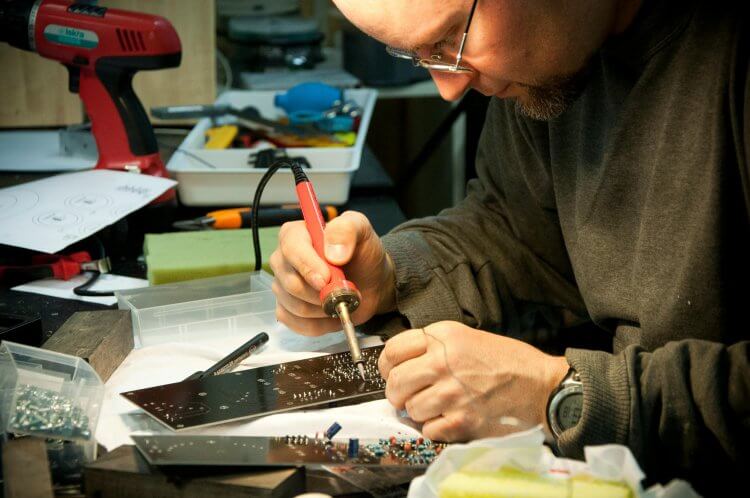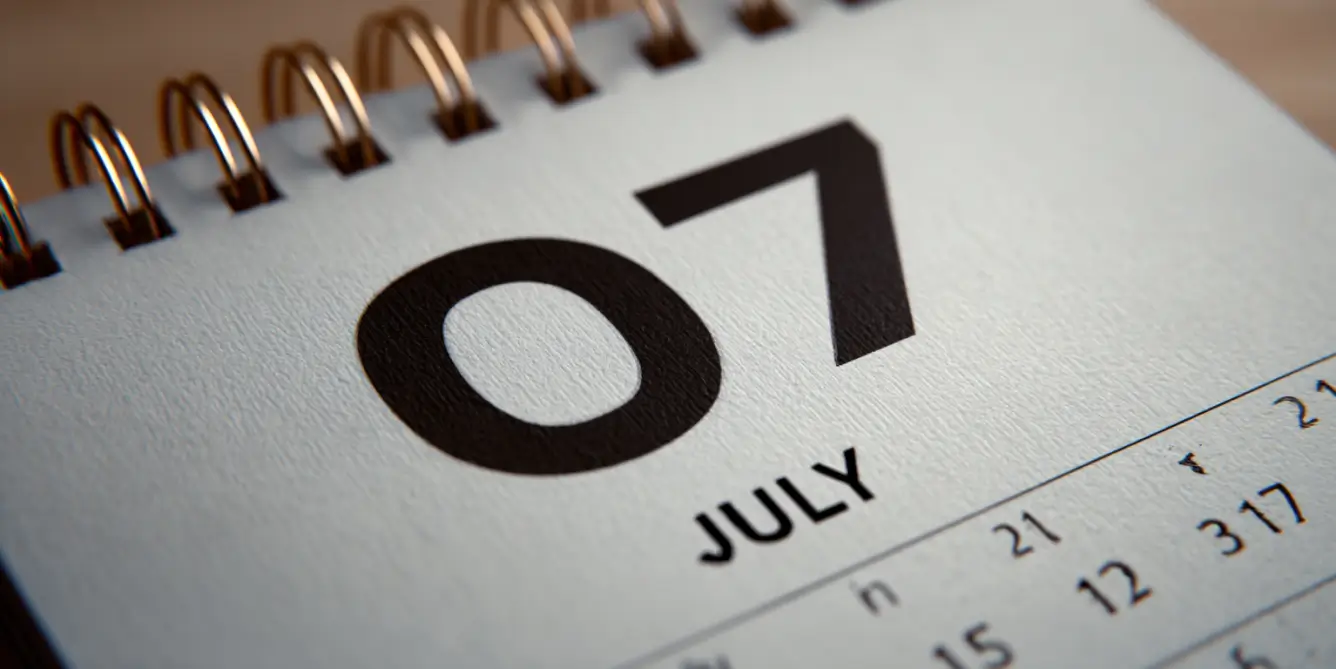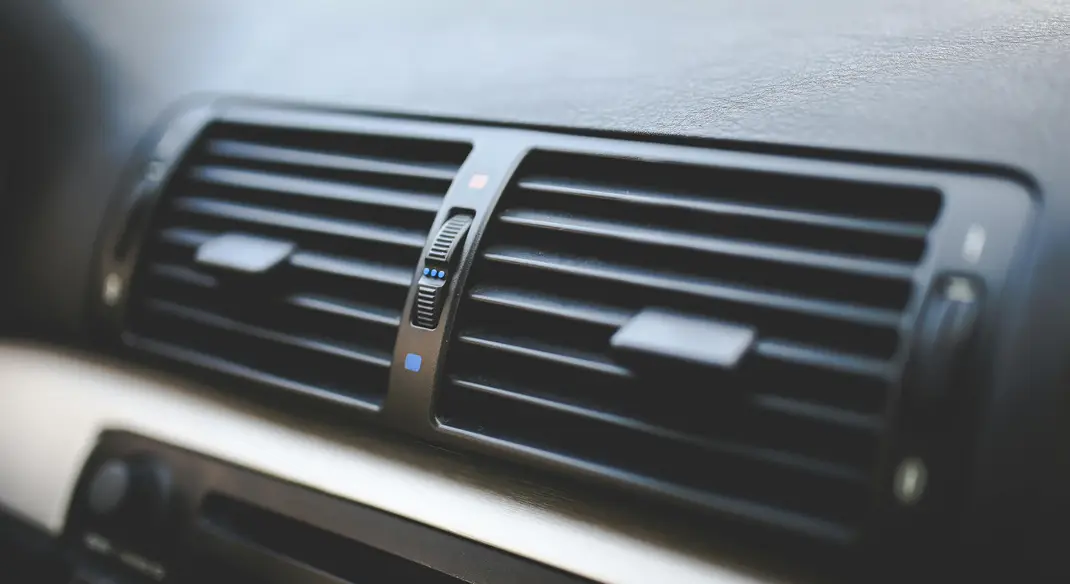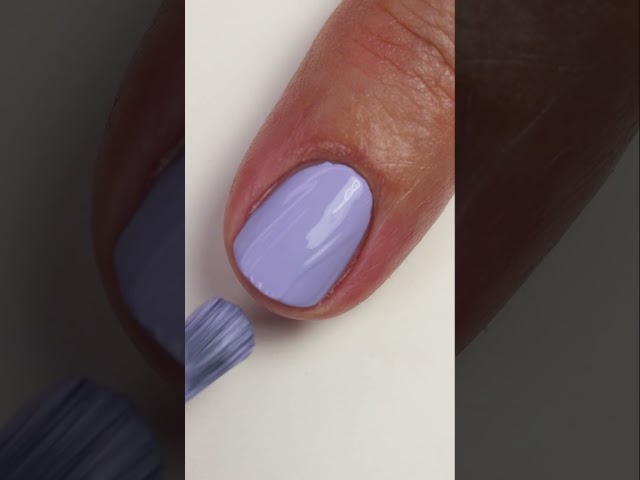The World of DIY Electronics
Are you someone who has always been fascinated by the inner workings of electronic devices? Do you enjoy tinkering and figuring out how things work? If so, then DIY electronics may be the perfect hobby for you.
DIY electronics, or do-it-yourself electronics, is a growing trend that allows enthusiasts to build and modify gadgets and circuits from scratch. It’s a hands-on way to learn about electronics and unleash your creativity.
Getting Started
If you’re new to DIY electronics, getting started may seem intimidating. But fear not, with a little bit of knowledge and the right tools, you’ll be well on your way to becoming an electronics wizard.
The first step is to familiarize yourself with the basic electronic components. These include resistors, capacitors, transistors, and integrated circuits (ICs). Each component has its own function, and understanding how they work together is essential.
Next, you’ll need some basic tools. A soldering iron, wire cutters, and a multimeter are must-haves for any DIY electronics enthusiast. They will allow you to solder components onto a circuit board, cut wires to the required length, and measure voltage, current, and resistance.
Building Gadgets
Once you have the necessary knowledge and tools, you can start building your own gadgets. Start with simple projects, such as building a basic LED circuit or a small amplifier. There are plenty of online resources and tutorials available to help you get started.
As you gain confidence and experience, you can move on to more complex projects. How about building a weather station that measures temperature and humidity? Or a home automation system that controls lights and appliances? The possibilities are endless.
Don’t be afraid to experiment and modify existing gadgets as well. Maybe you have an old radio lying around that you can repurpose into a Bluetooth speaker. Or perhaps you want to add some extra features to your smartphone, like a thermal camera or a solar charger. DIY electronics allows you to personalize and customize your devices to suit your needs.
Learning Electronics
DIY electronics is not just about building gadgets; it’s also a great way to learn about electronics theory and design. As you work on projects, you’ll gain a deeper understanding of how circuits work and how to troubleshoot problems.
There are many online resources, books, and courses available to help you learn electronics from scratch. You can start by learning the basics of electricity and circuits, and then move on to more advanced topics like microcontrollers and wireless communication.
Networking with other DIY enthusiasts is also a great way to learn and share knowledge. Attend local electronics meetups, join online forums, or participate in hackathons and maker fairs. You’ll be amazed at how much you can learn from others.
The Future of DIY Electronics
The DIY electronics movement is here to stay. It has empowered individuals to take control of their own technology and explore their creativity. It has also led to the rise of open-source hardware and software, where designs and code are freely available for anyone to use and modify.
With rapid advancements in technology, DIY electronics is becoming more accessible and affordable than ever. 3D printers, low-cost microcontrollers, and easily available components have made it easier for anyone to get started.
So, whether you’re a student, hobbyist, or aspiring engineer, why not dive into the world of DIY electronics? Start with a simple project, and before you know it, you’ll be building your own gadgets and circuits, and maybe even inspiring others to do the same.

















